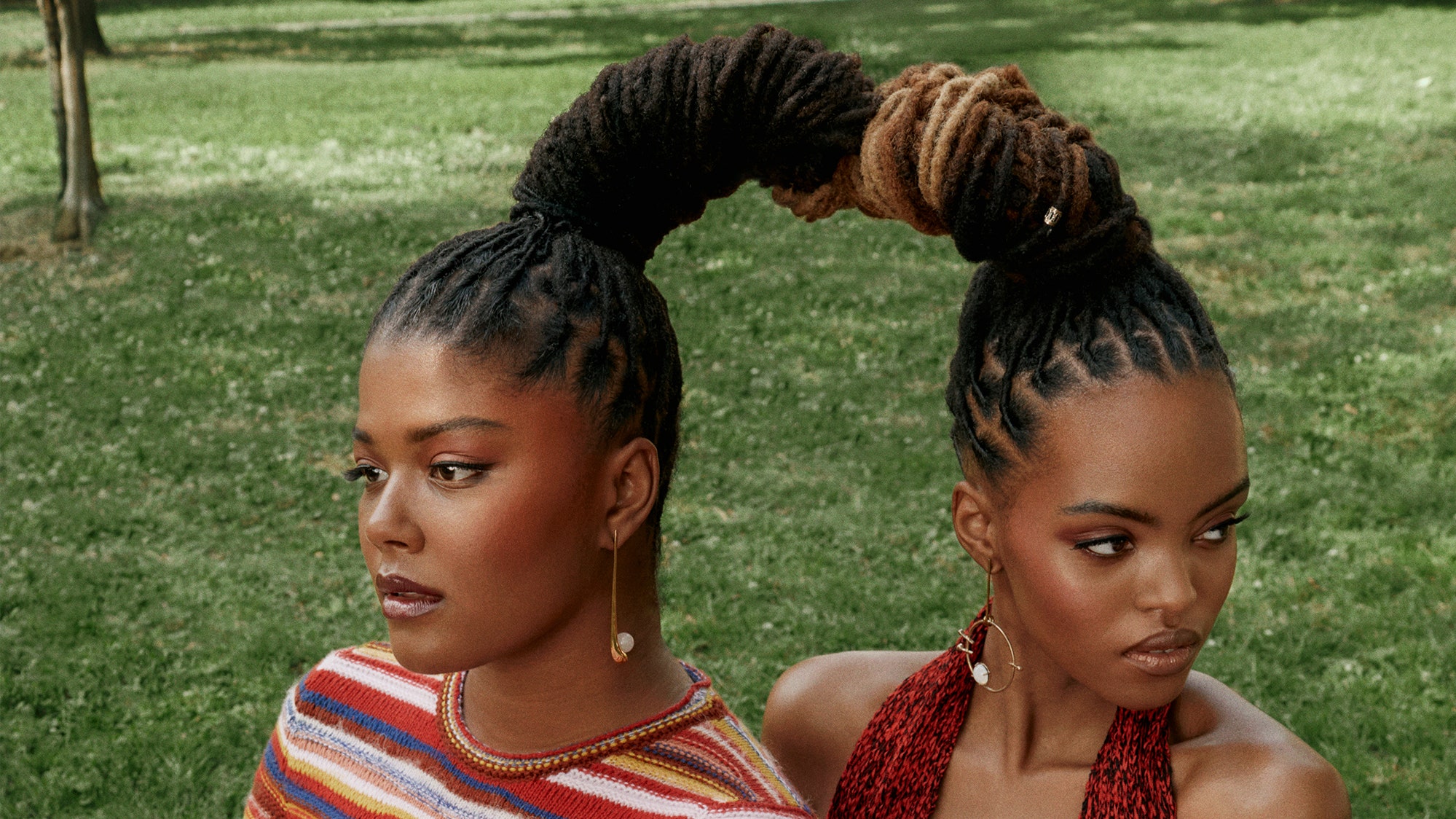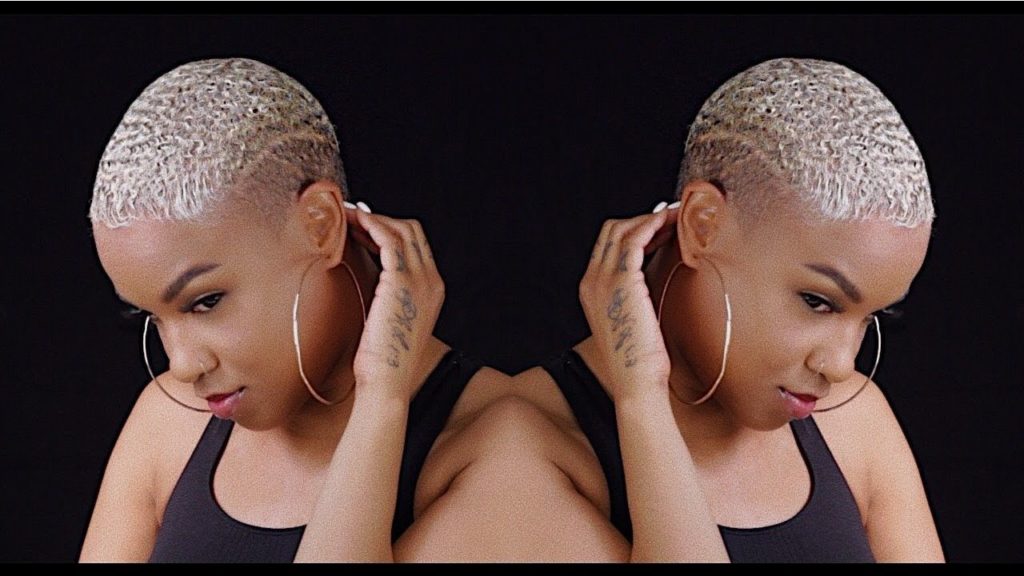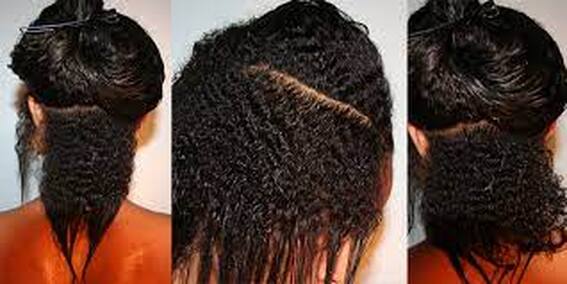From Big Chops to Protective Styles: A Complete Guide to Navigating Your Natural Hair Journey3/9/2023 If you're considering going natural, congratulations! You're about to embark on a journey that will not only change your hair, but also your mindset and confidence.Whether you're transitioning from relaxed hair or starting fresh with a big chop, there are many things to consider when it comes to caring for your natural hair. In this complete guide, we'll cover everything from determining your hair type to choosing protective styles that work for you. Understanding Your Hair Type
Before you can properly care for your natural hair, it's important to understand its texture and needs. There are several different hair typing systems out there, but the most widely recognized is the Andre Walker Hair Typing System. According to this system, there are four main categories of hair texture: straight (Type 1), wavy (Type 2), curly (Type 3), and coily/kinky (Type 4). Within each category, there are subcategories ranging from A (fine/thin) to C (thick/coarse). Determining your hair type can help you choose products and techniques that work best for your specific needs. For example, someone with Type 4C hair may need more moisture than someone with Type 2A hair. Transitioning vs. Big Chop When it comes to going natural, there are two main options: transitioning or doing a big chop. Transitioning involves gradually growing out your natural hair while still keeping some of your relaxed ends. This process can take several months or even years depending on how quickly your hair grows. Alternatively, a big chop involves cutting off all of your relaxed ends at once, leaving only your natural hair behind. This option provides a fresh start and allows you to fully embrace your natural texture right away. Both options have their pros and cons, so it's important to consider what works best for you based on factors such as lifestyle, desired length/style, and level of commitment. Building a Natural Hair Care Routine
Once you've determined your hair type and chosen whether to transition or do a big chop, it's time to start building a natural hair care routine.This routine should consist of regular washing and conditioning as well as styling techniques that promote healthy growth and minimize damage. Some tips for building an effective natural hair care routine include:
Protective Styles Protective styles are hairstyles that keep the ends of the hair tucked away in order to protect them from damage caused by everyday wear-and-tear or harsh weather conditions. These styles not only protect the ends of the hair but also allow for low-manipulation styling which promotes healthy growth. There are many different types of protective styles including braids, twists, bantu knots, cornrows and more! Some popular protective styles include:
Embracing Your Natural Beauty
At the end of the day, going natural isn't just about having healthier hair - it's about embracing yourself exactly as you are. Society has long perpetuated harmful beauty standards that often exclude people who don't fit into narrow definitions of beauty. By going natural and embracing our unique textures and features we empower ourselves in ways beyond just our physical appearance. We show others that beauty comes in all shapes sizes textures colors etc.. So whether you decide to transition slowly over time or go bold with a big chop know that embarking on this journey is an act self love self acceptance!
0 Comments
Leave a Reply. |
�
categories
Categories
All
|





 RSS Feed
RSS Feed